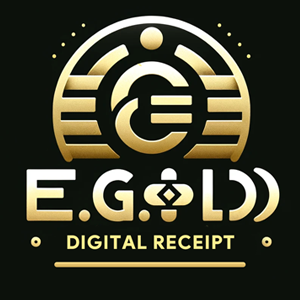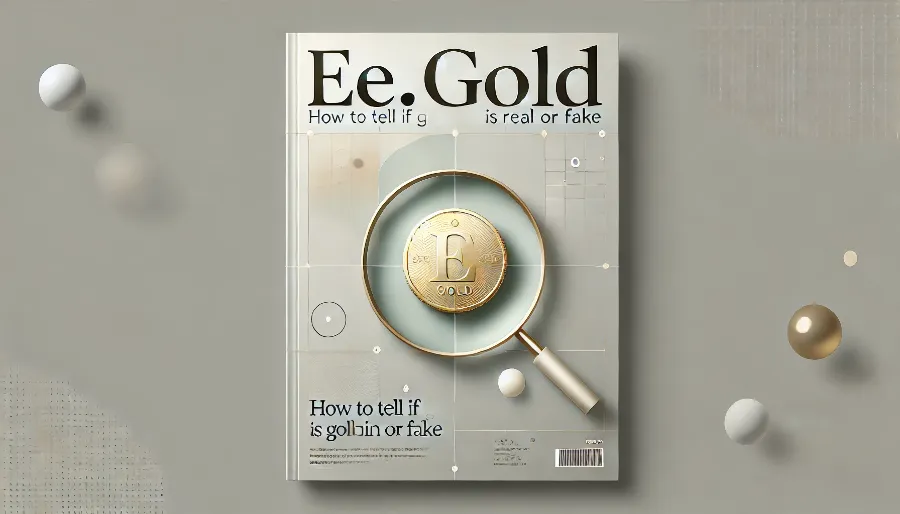
Gold coins are highly valuable assets prized for their beauty, rarity, and investment potential. However, the risk of encountering counterfeit gold coins is a genuine concern for collectors and investors alike. Knowing how to determine whether a gold coin is real or fake is essential to protect your investment and avoid falling victim to fraud.
This guide covers various methods—from simple at-home tests to advanced professional techniques—that will help you verify the authenticity of a gold coin.
Visual Inspection: The First Step to Identifying Fake Coins
Before performing any technical tests, start with a careful visual examination of the coin. Many counterfeits can be spotted with the naked eye or a magnifying glass.
Inspect the Design Details:
Authentic gold coins are produced with precise, intricate designs. Check for sharp engravings, clean edges, and defined details. Fake coins often have blurry or uneven designs due to poor craftsmanship.Look for Mint Marks and Serial Numbers:
Verify that the mint mark matches the official minting details for the specific coin. If a coin has a serial number, ensure it corresponds to the issuing mint’s records.Examine the Coin’s Color:
Pure gold coins have a distinct yellow hue. If the coin appears overly shiny, dull, or shows discoloration, it may be a fake or gold-plated.Check for Weight and Dimensions:
Gold coins are minted to precise specifications for weight, diameter, and thickness. Use a digital scale and calipers to measure the coin and compare the results to official mint specifications.
Simple At-Home Tests for Gold Coin Authenticity
1. The Magnet Test
Gold is non-magnetic. To perform this test, place a strong magnet (e.g., neodymium magnet) near the coin. If the coin sticks to the magnet or moves toward it, it’s likely a fake. Keep in mind, some counterfeits use non-magnetic base metals, so this test isn’t foolproof.
2. The Ping Test
Genuine gold coins produce a distinct, high-pitched ringing sound when tapped. To conduct this test:
- Place the coin on your fingertip.
- Tap it lightly with another coin or a non-metallic object.
- Listen for the clear "ping" sound that indicates authenticity. Fake coins often produce a dull or flat tone due to differences in material composition.
3. The Float Test
Gold is a dense metal and will sink immediately in water. Fill a glass with water and gently place the coin in it. If the coin floats or takes longer to sink, it’s not pure gold.
4. Density Test
Gold has a density of approximately 19.32 g/cm³. To calculate the density:
- Weigh the coin on a digital scale.
- Submerge the coin in water using a graduated cylinder to measure the volume of displaced water.
- Divide the weight by the displaced volume to calculate the density. If the result differs significantly from 19.32, the coin may be fake.
5. Acid Test
Gold is resistant to most acids. Gold testing kits come with different strength acids for testing gold purity. To perform the test:
- Rub the coin on a testing stone to leave a streak.
- Apply a drop of acid to the streak.
- If the streak dissolves, the coin is not gold. If it remains unaffected, it is likely real. Note that this test can damage the coin, so use it cautiously.
Advanced Professional Methods for Gold Coin Verification
For higher accuracy or rare coins, professional testing methods are recommended.
1. X-Ray Fluorescence (XRF) Analysis
An XRF analyzer is a non-invasive tool that uses X-rays to determine the metal composition of a coin. It provides a detailed report on the purity and type of metals present. This method is highly accurate and widely used by professionals.
2. Ultrasound Testing
Ultrasound devices measure how sound waves pass through the coin. Pure gold has a specific acoustic signature that counterfeit coins cannot replicate. This method is non-destructive and ideal for high-value coins.
3. Spectrometer Analysis
Spectrometers use light to analyze the coin’s surface and internal composition. They are highly accurate but require access to advanced equipment.
4. Specific Gravity Testing Devices
Specific gravity testers measure the density of a coin with precision, helping to confirm its authenticity.
5. Sigma Metalytics Precious Metal Verifier
This device uses electromagnetic waves to measure the resistivity of the metal, verifying whether the coin is made of pure gold or contains other materials.
Common Counterfeiting Techniques and How to Spot Them
Understanding how counterfeit coins are made can help you spot potential fakes. Here are common counterfeiting techniques:
1. Gold Plating: Counterfeit coins are often made from base metals like tungsten, copper, or lead and plated with a thin layer of gold. Scratches or wear may reveal the base metal beneath.
2. Alloyed Coins: Fake coins may mix gold with other metals, reducing the purity while maintaining the weight. Density and XRF tests can reveal such fakes.
3. Incorrect Dimensions: Some counterfeits may match the correct weight but have slight differences in diameter or thickness. Use calipers to measure the dimensions precisely.
4. Poor Craftsmanship: Look for irregularities in engravings, text, or surface texture. Counterfeit coins often have flaws that are not present in genuine ones.
Protecting Yourself from Buying Fake Gold Coins
- Buy from Reputable Dealers: Always purchase from trusted dealers, mints, or auction houses with verified credentials.
- Request Certificates of Authenticity: Ensure the coin comes with a certificate from a trusted grading agency, such as the Numismatic Guaranty Corporation (NGC) or the Professional Coin Grading Service (PCGS).
- Avoid Deals That Seem Too Good to Be True: If a coin is being sold at a price significantly below market value, it is likely fake.
- Educate Yourself: Learn about the specifications and design details of the coins you’re interested in purchasing.
- Verify Before Buying: Use tools like XRF analyzers or professional testing services for high-value purchases.
FAQs About Real vs. Fake Gold Coins
1. Can fake coins weigh the same as real gold coins?
Yes, some counterfeits use tungsten or other metals with similar density to gold. Additional tests like density or composition analysis are needed.
2. What is the easiest way to test a gold coin at home?
The magnet test and ping test are simple, quick, and non-invasive methods to start with.
3. Will real gold coins tarnish?
No, pure gold does not tarnish or rust. Discoloration is a sign of a fake or lower-purity coin.
4. How accurate is an acid test?
Acid tests are effective but can damage the coin. Use this method cautiously, especially for collectible or rare coins.
5. Can professional grading guarantee a coin is real?
Yes, grading services like NGC or PCGS authenticate coins and ensure they are genuine.
6. Are there digital tools to verify gold coins?
Yes, apps and devices like Sigma Metalytics Verifiers and XRF analyzers are available for accurate testing.
7. Can I return a fake coin to the seller?
If purchased from a reputable dealer, most will allow returns. However, always check their return policies before buying.
8. Should I clean a gold coin before testing it?
No, cleaning can damage the coin and reduce its value, especially for collectors.
9. What should I do if I suspect my gold coin is fake?
Consult a professional appraiser or jeweler for a detailed evaluation.
10. Are rare or historic coins more likely to be counterfeited?
Yes, rare and valuable coins are prime targets for counterfeiters due to their high resale value.
Importance of Authenticating Gold Coins
Gold coins are not just investments; they represent history, culture, and security. Ensuring their authenticity is critical to preserving their financial value and avoiding the loss associated with counterfeit purchases. Counterfeit gold coins can enter the market in various ways, and unsuspecting buyers are often their target. Understanding how to authenticate coins ensures that your investment remains safe, whether you're buying, selling, or holding onto them for the long term.
Tips for Collectors and Investors to Avoid Fake Gold Coins
If you’re a collector or investor in gold coins, here are some practical steps you can take to reduce the risk of purchasing fake coins:
1. Educate Yourself on the Coins You’re Buying: Familiarize yourself with the key features of the gold coins you’re interested in, including their weight, dimensions, and specific design elements. For example, popular coins like the American Gold Eagle, Canadian Maple Leaf, or Austrian Philharmoniker have distinct designs and specifications that are easy to research.
2. Stick to Established Mints and Dealers: Purchasing coins directly from official mints or well-established dealers reduces the risk of encountering counterfeits. Always research dealers’ credentials, reviews, and memberships in professional organizations like the Professional Numismatists Guild (PNG).
3. Keep Documentation: Always ask for proof of authenticity, such as grading reports or certificates issued by trusted organizations like NGC (Numismatic Guaranty Corporation) or PCGS (Professional Coin Grading Service). These organizations grade coins and verify their authenticity, which adds an extra layer of security to your purchase.
4. Avoid Buying Coins From Unknown Online Sellers: While online marketplaces can offer deals, they are also rife with counterfeit coins. Stick to verified platforms or sellers with a long history of successful transactions and excellent reviews.
5. Regularly Inspect Your Collection: Periodically review your collection to check for signs of wear, damage, or inconsistencies that might suggest counterfeits. If you suspect any coins are fake, have them tested immediately.
6. Diversify Storage Solutions: Store your gold coins in secure safes, bank vaults, or third-party storage facilities. This not only protects your coins from theft but also keeps them in optimal condition, preserving their value.
7. Know the Laws in Your Area: Be aware of local regulations regarding the purchase, sale, and ownership of gold coins. This will help you understand your rights and obligations when dealing with potential counterfeit situations.
Advanced Strategies for Spotting Fake Gold Coins
1. Compare With Known Authentic Coins: If you already own an authentic gold coin of the same type, compare the suspected coin against it. Look for differences in weight, thickness, engraving details, or even the sound when dropped on a hard surface.
2. Use Professional Grading Services: Submitting coins to grading services like NGC or PCGS provides peace of mind. These organizations authenticate coins and seal them in tamper-proof cases that include detailed information about their specifications.
3. Seek Second Opinions: If you’re uncertain about a coin’s authenticity, consult multiple experts. Coin dealers, appraisers, or numismatists can offer valuable insights and opinions.
4. Invest in Testing Tools: Tools like XRF analyzers, precious metal verifiers, and digital calipers can be worthwhile investments for collectors or dealers handling high-value coins regularly. These tools offer a scientific approach to determining authenticity.
5. Attend Coin Shows and Auctions: Visiting coin shows or auctions allows you to meet experienced dealers and collectors who can provide valuable advice and assistance in identifying real coins.
How Gold Coins Are Counterfeited: Techniques and Technology
Understanding how counterfeiters operate can help you recognize red flags when examining a coin.
1. Metal Substitution: Some counterfeit coins are made using metals like tungsten or copper, which are plated with a thin layer of gold. These metals mimic gold’s weight and density but fail advanced tests like XRF analysis or the density test.
2. Cloning Rare Coins: Counterfeiters often target rare coins that are worth more than their gold content. By replicating mint marks, engravings, or specific details, they attempt to trick collectors into buying fake rarities.
3. Incorrect Dimensions: Some fake coins match the correct weight but have slightly different dimensions, such as being too thick or too wide. This discrepancy is often a giveaway when using precise calipers.
4. Fake Certificates: In some cases, counterfeiters provide fake certificates of authenticity to make their coins appear legitimate. Verify all certificates with the issuing organization.
5. Lack of Security Features: Many modern gold coins, like the Canadian Maple Leaf, include advanced security features such as micro-engraved details, radial lines, or laser-etched images. Counterfeit coins often fail to replicate these features.
Preparing to Resell Gold Coins: Why Authenticity Matters
When it comes time to sell your gold coins, buyers will demand proof of authenticity before agreeing to a transaction. Ensuring your coins are genuine increases their resale value and marketability. Here’s how to prepare:
- Maintain Documentation: Keep all certificates, receipts, and grading reports associated with your coins. These documents serve as proof of authenticity and add value during resale.
- Use Grading Services: Having your coins graded and authenticated by NGC or PCGS will enhance buyer confidence and potentially fetch higher prices.
- Regularly Appraise Your Collection: Periodic appraisals ensure you’re aware of your coins’ current value and can identify any issues, such as potential counterfeits, in your collection.
- Sell Through Reputable Channels: Work with established dealers, auction houses, or trusted online platforms to ensure a smooth transaction and avoid potential disputes.
Future Trends in Gold Coin Authentication
As technology advances, so do methods for verifying the authenticity of gold coins. The integration of blockchain technology and digital verification is already being explored by some mints, offering additional layers of security. For example:
1. Digital Certificates: Blockchain-based systems can store ownership and authenticity information, making it easier to verify coins digitally.
2. Embedded Security Features: Modern minting technologies may include microchips or scannable features embedded within coins to provide instant verification.
3. Advanced Scanning Tools: Portable, user-friendly scanning tools are becoming more affordable, allowing collectors and investors to conduct professional-grade tests from the comfort of their homes.
These innovations will further reduce the risk of counterfeit coins entering the market, providing greater confidence for buyers and sellers alike.
Final Thoughts on Verifying Gold Coins
Determining whether a gold coin is real or fake is essential for protecting your investment and avoiding financial loss. By combining simple at-home tests with advanced professional methods, you can confidently verify the authenticity of your coins. Always buy from reputable dealers, demand proper documentation, and invest in quality storage solutions to ensure your coins retain their value over time.
As technology evolves, counterfeit detection methods will become even more accessible, empowering collectors and investors to safeguard their assets. Whether you’re building a collection or investing for the future, knowledge and vigilance are your best tools for ensuring every gold coin you own is genuine.
NOTE
This Content is the copyrighted content of EE.GOLD. All rights are reserved. You are welcome to share or use our content only by including direct links to our website. Any other form of reproduction, distribution, or use without proper attribution is strictly prohibited.
This Content is intended solely for educational purposes. The information provided does not constitute financial or investment advice.
Please note that Digital Storage Receipt, Secure Storage Solutions, and Physical Gold Sales are the only services offered by EE.GOLD.
We strictly adhere to government regulations and are firmly against all illegal financial or investment activities globally.
For further inquiries, feel free to contact us through our official channels.

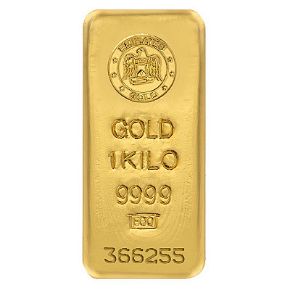
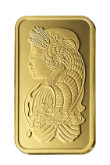



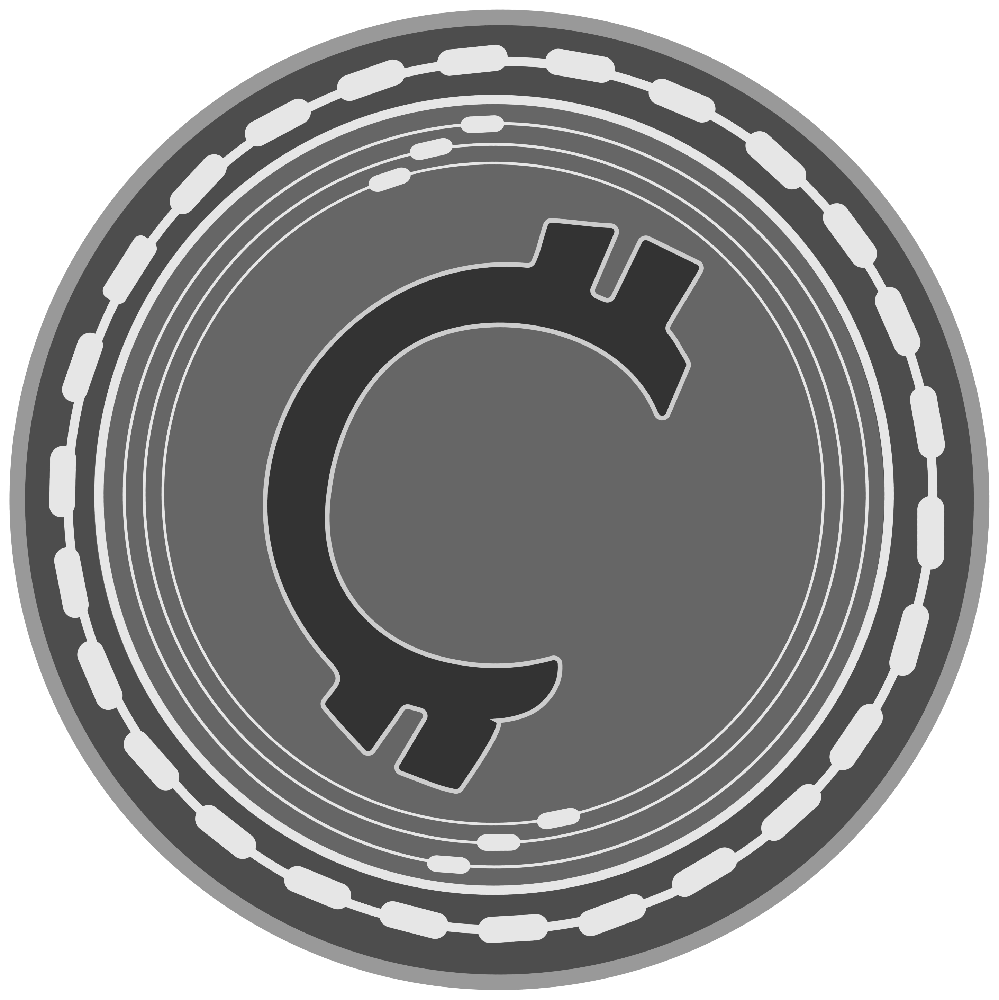

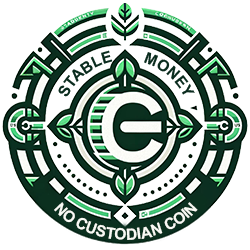

.png)

